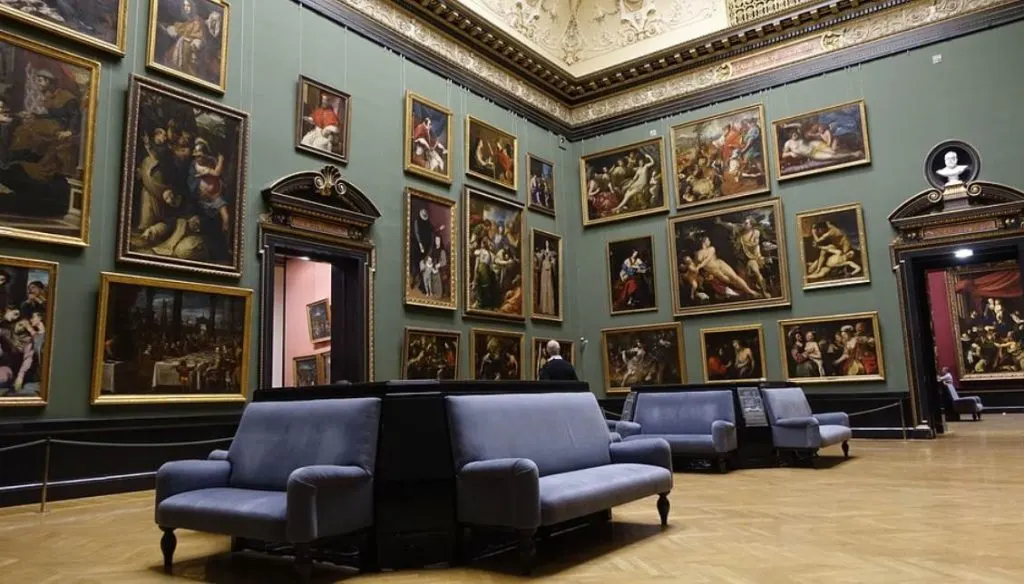One of the greatest museums of fine art in the world is housed in an incredible building in Vienna, the capital of Austria in Central Europe.
Although the amazing collection of paintings and sculptures is the main attraction of the museum, the amazing architecture of the building it’s housed in is an attraction by itself.
Let’s take a closer look at some of the most interesting facts about the Kunsthistorisches Museum, a place that you simply have to visit if you love fine art and magnificent architecture.
1. The museum is located just southwest of Vienna’s historical heart
The Kunsthistorisches Museum is the largest and most popular museum of fine art in Austria. It’s located just southwest of the historical heart of the city and along the “Ringstrasse,” the grand boulevard that encircles the city center.
The building is situated on one of the city’s most famous squares known as the “Maria-Theresien-Platz.” It’s one of the multiple museums located in this area which is fittingly referred to as the “Museumsquartier.”
The square is dominated by a large sculpture of the woman after which it was named, Maria Theresa (1717-1780). She was the only female Habsburg ruler in history who reigned over a vast area in Europe for 40 years between 1740 and her death in 1780.
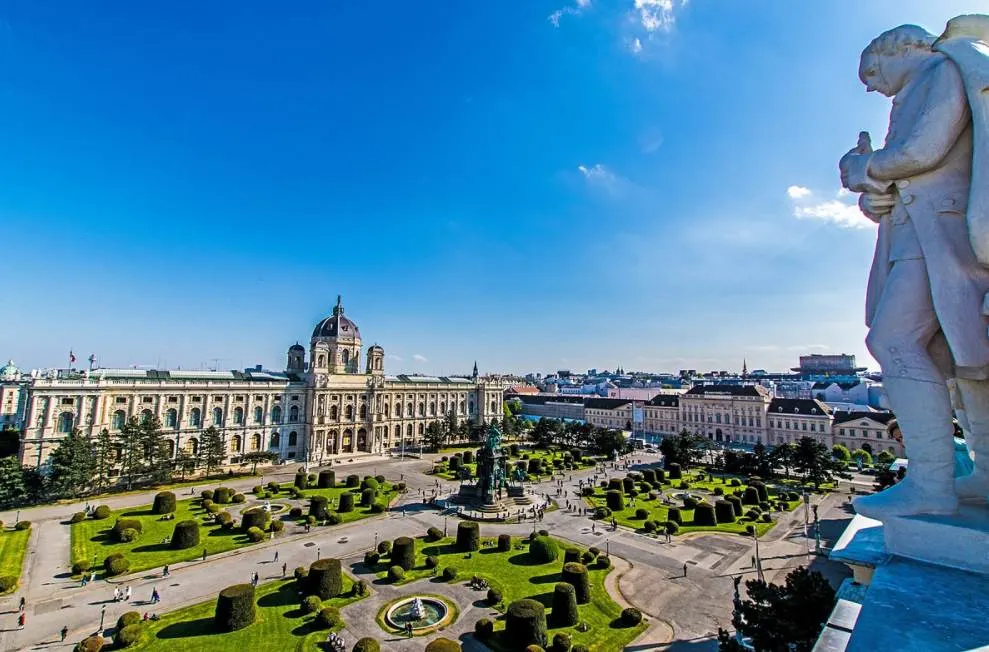
2. It was part of a major development of the city during the 19th century
The location in which the ring road around Vienna’s historical center was built was the place that the medieval city walls once stood. These walls were demolished throughout the 19th century and replaced with this grand boulevard.
The road itself wasn’t the only major construction project that transformed the city of Vienna during the 19th century. It was accompanied by multiple monumental buildings that were built alongside the Ringstrasse, including the Kunsthistorisches Museum.
Between the 1860s and 1890, multiple amazing landmarks were constructed, including the Vienna State Opera, the Austrian Parliament Building, the Vienna City Hall, and the Burgtheater, to name just a few of these building projects.
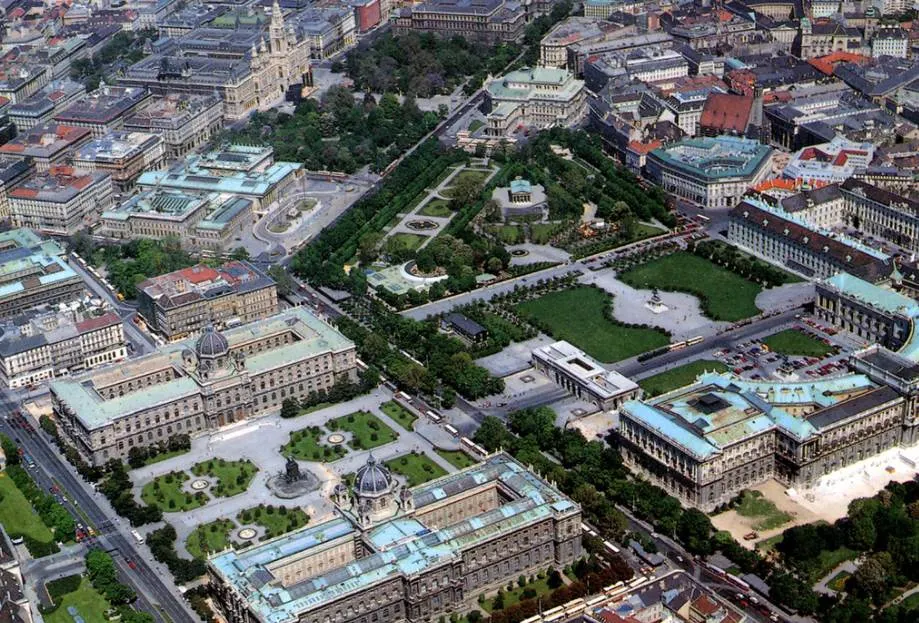
3. An identical building is located right across the square

If you take a close look at the aerial picture of Maria-Theresien-Platz then you’ll notice that two identical buildings are flanking it. These are two buildings that were constructed around the same time which hold two separate museums.
The structure closest to the city’s City Hall, which is housed in the distinctive Flemish-Gothic architectural style, is the Kunsthistorisches Museum, while the other building houses the Natural History Museum.
This museum has over 100,000 items on display, divided among 39 exhibition rooms. Its collection size of over 30 million items makes it one of the most important natural history museums in the world.
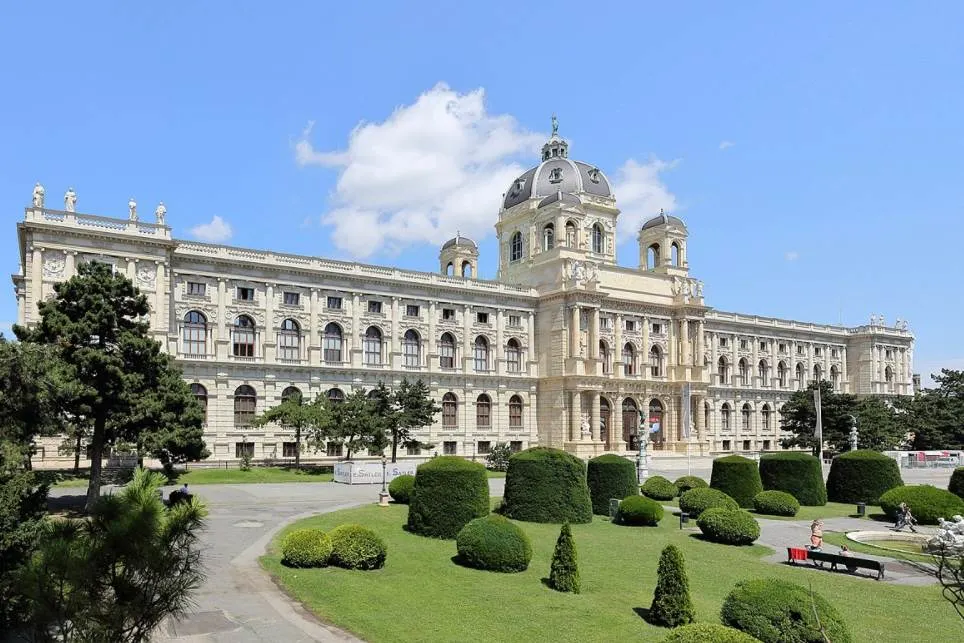
4. The architectural competition to pick a design didn’t go as planned
One of the most remarkable facts about the Kunsthistoriches Museum is that the planning stage already started way back in 1857. This was right at the start of the planning of the Ringstrasse.
The main reason was that Emperor Franz Joseph I of Austria (1830-1916) wanted to have 2 opulent museums to house the incredible Habsburg collection of art and natural history items and make it accessible to the general public.
It would take another 10 years before an architectural competition was launched to find a suitable design for the two buildings. Both the jury and the Emperor himself couldn’t decide which design to pick, a process that took months.
They eventually decided to pick the design created by Baron Karl von Hasenauer (1833-1894) which featured a neo-Renaissance façade. The emperor, however, hired Gottfried Semper (1803-1879) to alter the plans and make them larger so they would resemble the “Imperial Forum” of ancient Rome.
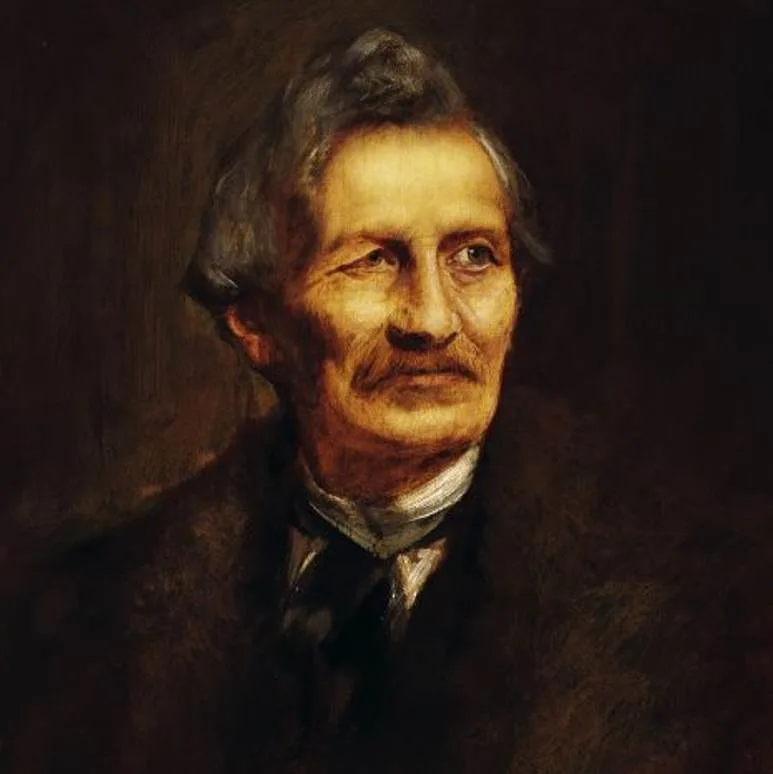
5. The most prominent architectural feature is the huge dome
The construction of the immense buildings finally started in the year 1871 and it would take another 20 years for the museums to open their doors in 1891. If you see the level of details included in the design then you’ll surely understand why it took so long to complete.
The main level features sandstone with integrated arched windows and the central part of the building is dominated by an octagonal rotunda topped by a fantastic dome.
The domes of both buildings stand 60 meters (200 feet) tall and dominate the view of the Maria-Theresien-Platz and the area that surrounds it.
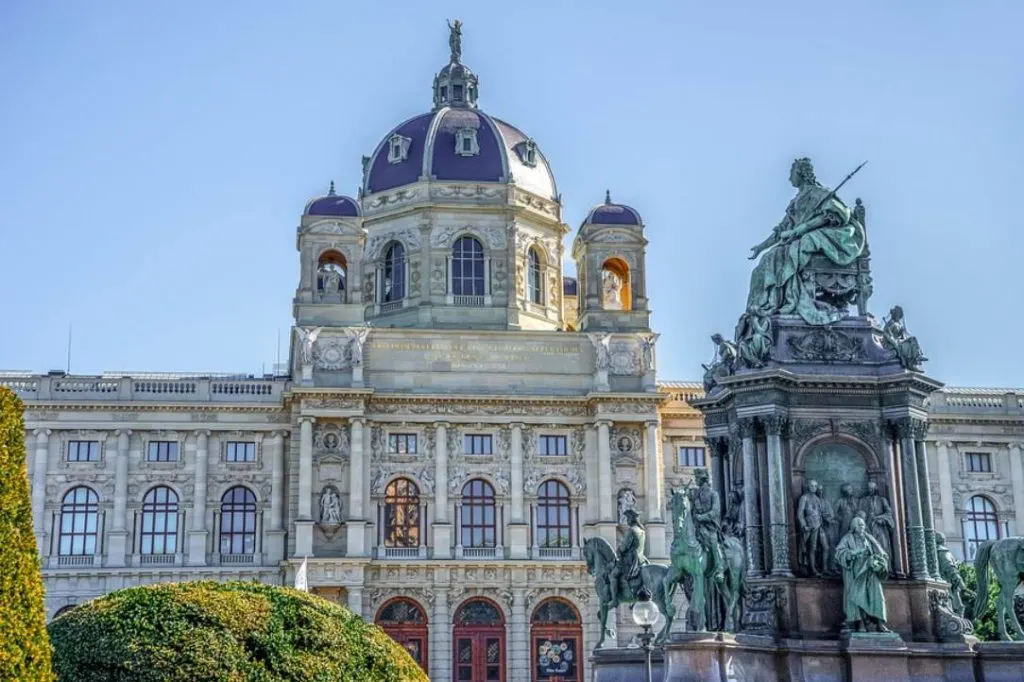
6. The interior of the building is just as impressive as its exterior
If you think the exterior of the museum building looks amazing then you’ll surely be impressed with the interior as well. The architects didn’t mess around with decorations and the most expensive materials were used, including marble, stucco reliefs, gold leaf, and a large number of frescoes.
The most amazing space inside the museum is located right below the dome and is referred to as the “Rotunda” or “Cupola Hall.” This area is reached through the entrance and the Grand Staircase and was designed in such a way to emphasize the emperor’s power.
Just before entering the hall, you can find an Antonio Canova sculpture called “Theseus Slaying the Centaur,” an incredible work of art by the renowned Neoclassical artist.
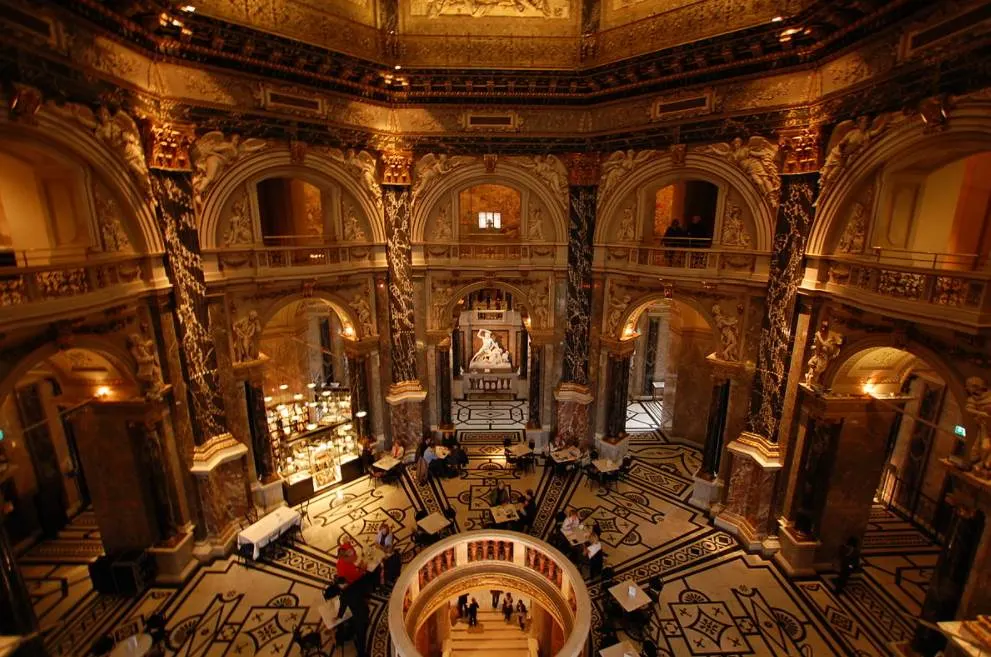
7. The Grand Staircase is decorated with paintings by renowned artists
The other fantastic feature of the Kuntshistorishes Museum’s interior is the Grand Staircase, a section that leads you from the entrance hall to the rotunda and eventually the various galleries of the museum.
This section of the museum is lavishly decorated with a large number of paintings by some of the most renowned Austrian artists of the late 19th-century. These include famous paintings by Gustav Klimt (before he ditched conventional art to become an Art Nouveau artist) and his brother Ernst, Franz Matsch, and lunette paintings by Hans Makart.
The ceiling painting is referred to as “Glorification of the Renaissance” (1888) and was completed by Hungarian Realism artist Mihály Munkácsy.
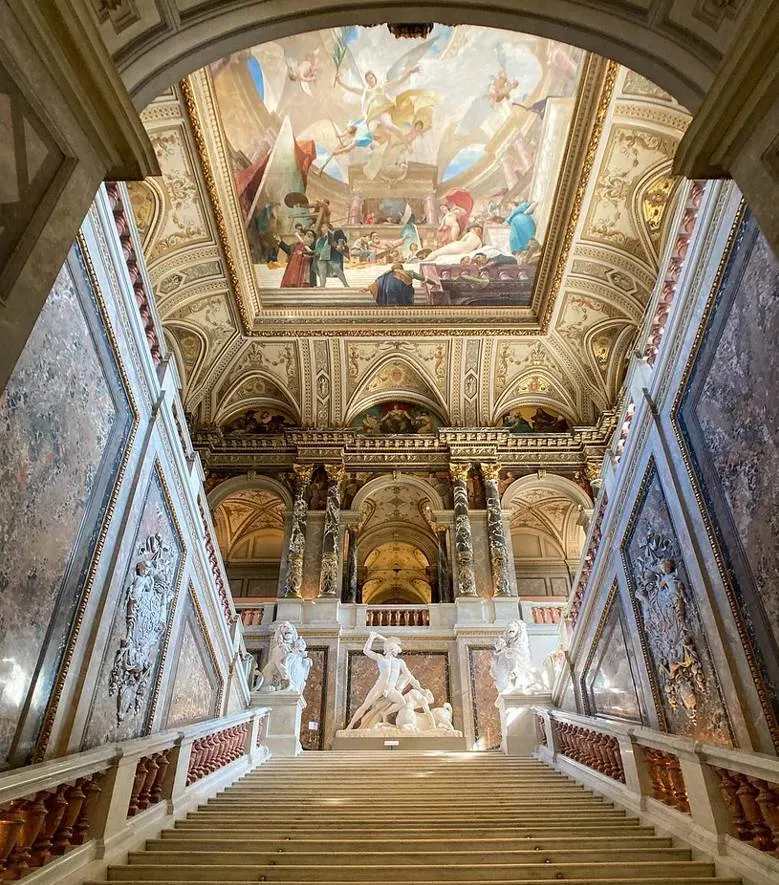
8. The Kunsthistorisches Museum houses an incredible collection of art
The most important collection at the Kunsthistorisches Museum consists of artworks that were once part of the Habsburg collection. These were all moved to the museum before the museum opened its doors in 1891.
The museum houses paintings of some of the most renowned Renaissance artists and Baroque artists and has the following items in its collection as well:
- Ancient Egyptian artifacts
- Greek and Roman artworks
- Sculpture and Decorative Art collections
- An extensive coin collection
This means that you can spend an entire day admiring some of the most amazing works of art ever created at this popular museum in Vienna.
